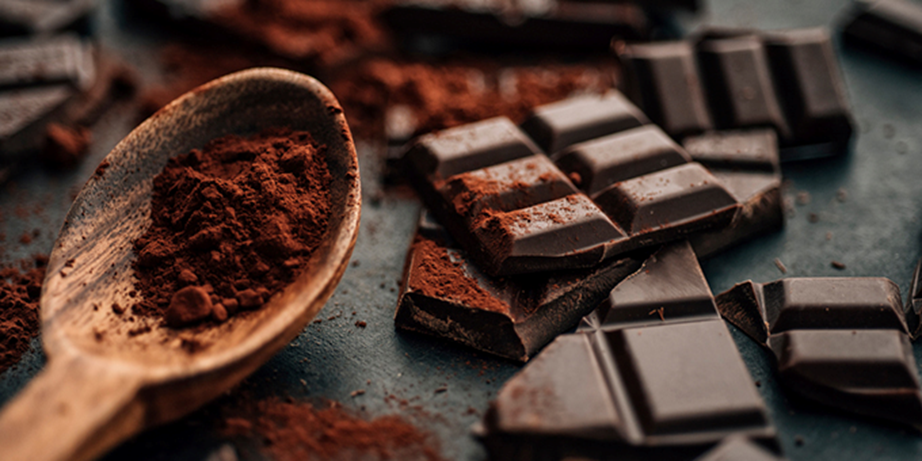Impact Of Humidity In Chocolate Manufacturing

Due to the tendency of chocolate beans to absorb moisture, it is necessary to take precise control of humidity and temperature throughout the whole chocolate production process from the time the cocoa is collected to the packaging and even at shipping stages. A chocolate spoiled by moisture cannot be restored.
Cocoa beans usually have a moisture content of 60% during fermentation. This value should be reduced to 7-10% by dehumidification process. Drying was conventionally carried out by laying the beans on the ground under the sun; however, nowadays, drying rooms and heated tables are used where the temperature can be strictly controlled. The beans should be dried to allow the completion of chemical reactions without growing mold or bacteria.
During these processes, cocoa beans should be rotated continuously to prevent mold growth and to provide adequate ventilation and tempering evenly. When the beans are dried (usually takes one to two weeks) they are filled into bags with a scoop and then sent to the chocolate producers.
Two main ingredients in candy-making process, sucrose and corn syrup, are inherently highly moisture-absorbing and, if exposed to high humidity conditions, it gives sugar a sticky, slippery or moldy structure. This prevents natural flow, slows down the process and leads to hygiene problems as the material sticks to the wrapping material or the high-speed processing and packaging machine.

These delicate conditions can only be achieved with precise humidity control. Chocolate coated nuts can benefit more from the advantage of using dry air to accelerate the drying process as high temperatures can melt the product. Coated chocolates with a high-quality shiny surfaces can only be obtained with the help of dry air supplied with Dehumidification Systems.
Since moisture causes the chocolate to lose its luster and sugar content to crystallize, it is very important to keep the moisture value of the air in the packaging rooms under control. Improper storage of chocolate can also lead to crystallization of the sugar structure.
Nowadays, with the widely spreaded markets, retail storage time has increased to a great extent.The whitish “crystallization” change refers to the fat and sugar crystals formed on the surface as a result of chocolate absorbing moisture during storage. These chocolates do not look charming even if they are edible.
High-humidity also affect the shelf life of confectionery. Many confectioneries are stored from one week to about one year within the production and consumption relations. During this long period of time, the confectionery becomes stale and sticky if not maintained under appropriate conditions. This need for control is critical to ensure that the confection does not lose its quality and taste during storage. Coated candies, such as sugared gum or chocolate coated nuts, can benefit the dry air option to accelerate the drying time as high temperature values can melt the product. Coated sugars or chocolates with a high-quality glossy surface can only be obtained with the help of dry air provided by the dehumidification system. Maintaining the quality of chocolate or candies throughout these time periods is one of the most challenging processes manufacturers face.
To make the long story short, with the precise humidity and temperature control provides high quality product with no crystallization on surface and ensures no loss of color, aroma,taste or any contamination during the processes.